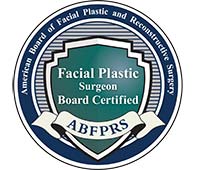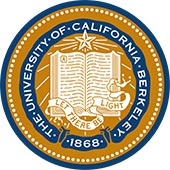Thsizit in Ms asks:
“I have keloid scarring, what are my options for facelift? about 20 years ago I had several moles removed, two on my face. I discovered then that I have keloid scarring. They had to do a dermabrasion on the two on my face because they scars were raised up. They were located around my mouth. you can still see scars…”
|
Essentially individuals who have true keloid formation need to be extremely careful about consideration for facelift surgery. Of course with rhytidectomy surgery there are incisions in and around the ear and any incision can be subjected to the processes of keloid formation in those individuals who form keloids. Some individuals do have minor hypertrophic scars or widened scars that are not true keloids, and might do well with facelift surgery, but essentially it is difficult to predict the ultimate way in which the incisions will heal. Some consideration to performing a trial incision in and around the ears has been described by some physicians. Essentially an incision behind the ear performed as a test incision and observing over a six-month to one year time period as to whether this forms a keloid or not. However, caution has to be raised with this test incision as in real surgery the incisions are exposed to more tension and irritation and even with a negative test spot a keloid could still form. Good physicians will perform facelift surgery with minimal or no tension, but essentially this does not guarantee against a keloid. Generally if you are a true keloid former, abstaining from a facelift surgery is probably the best answer. Once keloids form, they are difficult to resolve. The can be improved with various measures including laser treatment and surgical excision, steroid injections and topical silastic gel sheeting type therapy. The best treatment is avoidance of keloid formation by avoiding the surgery. – David Santos MD, FACS |







